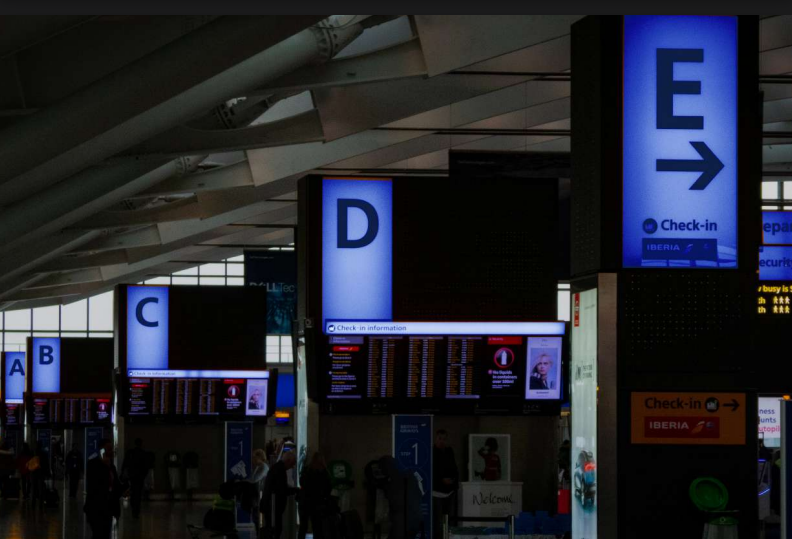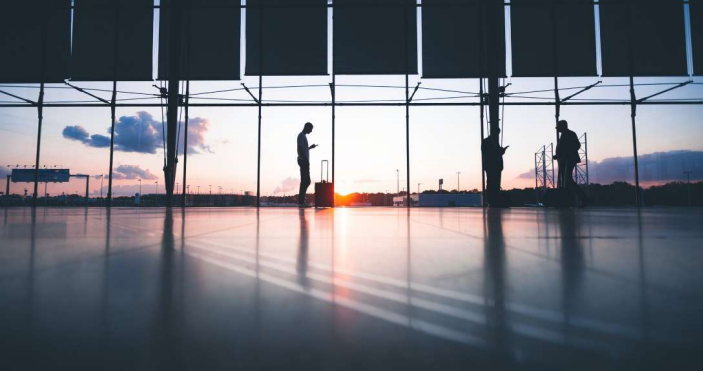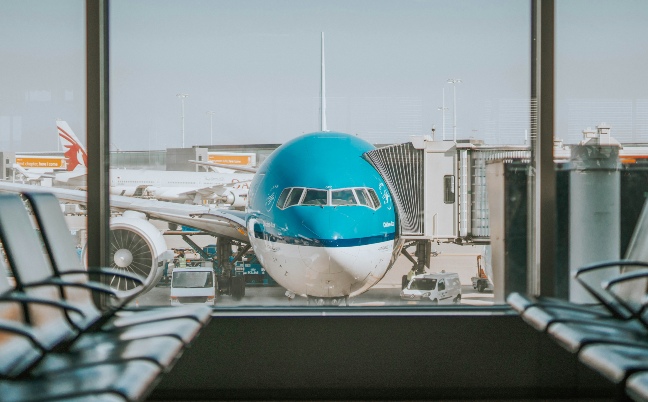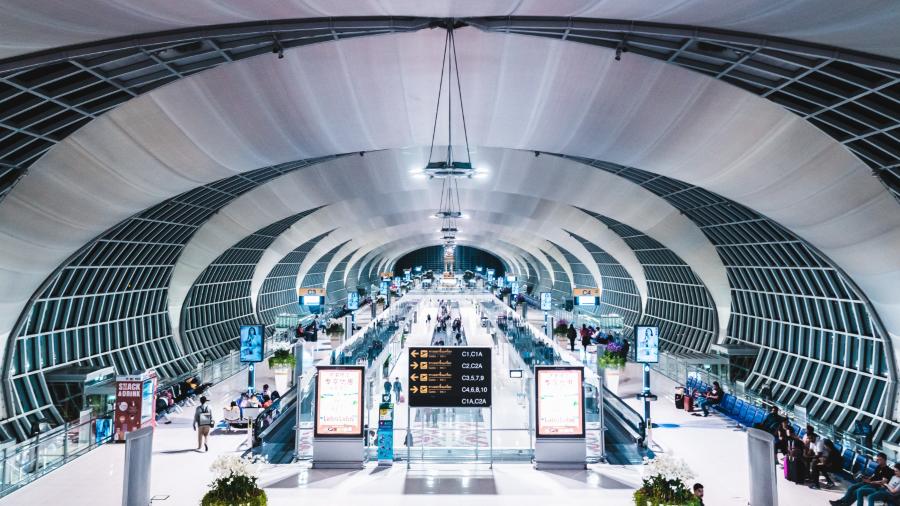The advent of smart airport technology has revolutionized airport systems across Southeast Asia (SEA), including in airside operations. Airside technology in SEA airports is pivotal in optimizing various processes, ensuring seamless operations.
One of the primary areas of transformation is the adoption of automated systems. Automated baggage handling systems, for instance, streamline the process of sorting and transporting luggage, reducing manual labor and minimizing errors. Additionally, integrating autonomous baggage carts and tugs enhances efficiency in transporting luggage across large airport terminals.
Smart Technologies in Airside Applications
Several smart technologies are being implemented in airside applications to enhance operational capabilities. One such innovation is digital twin technology, which involves creating a digital replica of the physical airport environment. This technology allows for real-time monitoring and management of airport operations, providing insights into potential bottlenecks and enabling swift corrective actions. Airport authorities can optimize resource allocation and improve overall efficiency by simulating different scenarios.
Another advanced technology being utilized is UAV drone inspections. Unmanned aerial vehicles (UAVs) are employed to inspect runways, taxiways, and other airside infrastructure. They offer high-resolution imagery and data, ensuring thorough inspections without disrupting airport operations. This method not only saves time but also enhances the accuracy and reliability of the inspections.
Intelligent sensing and automated control (ISAAC) is a system that uses sensors and AI to monitor and control various aspects of airside operations. This includes monitoring aircraft movements, ground vehicle activities, and environmental conditions. The system ensures optimal efficiency and safety by providing real-time data and enabling automated responses to any anomalies or emergencies.
Autonomous UV disinfecting robots are also being deployed in airports to sanitize high-traffic areas, ensuring a hygienic environment for passengers and staff. These robots are particularly crucial in the post-pandemic era, offering a scalable solution for maintaining cleanliness and reducing the risk of infection.
Blockchain-assisted Refueling is another innovative solution being implemented. This technology ensures secure and transparent fuel transactions, reducing the time taken for fueling operations and minimizing discrepancies. By leveraging blockchain, airports can enhance the reliability and efficiency of their refueling processes.
AI-assisted turnaround control systems manage the aircraft turnaround process by coordinating cleaning, refueling, and maintenance activities. These systems reduce turnaround time, ensuring timely departures and arrivals, and significantly improving operational efficiency.
Implementing airside technologies in the SEA airport offers several benefits, such as increased efficiency, enhanced safety, and cost savings. Efficient airside operations also contribute to smoother passenger journeys, reducing wait times and enhancing overall satisfaction.
Smart Technologies Used in Airports
In addition to airside-specific technologies, Southeast Asian airports are adopting various other smart technologies to improve overall operations. Biometric Recognition, for instance, uses facial recognition and fingerprint scanning to streamline passenger processing at check-in, security, and boarding gates. This technology enhances security and speeds up the processing time.
Automated Passport Control systems reduce queue times and enhance security by automating the passport verification process. Through interactive displays and mobile applications, digital wayfinding helps passengers navigate airports efficiently by providing real-time information on flight status, gate locations, and amenities. Mobile applications also play a crucial role, enabling passengers to pre-order services, receive personalized notifications, and access travel information, further enhancing their travel experience.
To access other emerging trends and gain insight into industries and markets in Asia, subscribe to our newsletter here and check out these reports:
- Major Players and Key Trends in Digital Payments in SEA
- How Component Manufacturers Can Contribute Towards the Rise of Hydrogen Vehicles
- The Future of Cold Chain in Southeast Asia’s Last Mile Logistics Industry







